Abacus Bathrooms Elements Board
https://www.abacus-bathrooms.co.uk/#!/search?q=elements
Aquaseal Wet Room Waterproof Tanking Membrane
https://amzn.to/3HXsRAz
CT1 Multi-Purpose Sealant & Adhesive
https://amzn.to/4bFq7VS
_______________________________
Roger is on familiar ground. He loves a bit of Elements Board and knows just what to do with it.
Our message from Michael:
I have installed tile backer boards but am confused about sealing the joints. I was advised to use a tile adhesive between where the boards join and then a tanking kit with tape to seal the joints. Is this correct, or should I be using different products? Any help is greatly appreciated. Best Regards, Mike
Understanding Tile Backer Boards
When it comes to tiling, ensuring a sturdy and reliable foundation is crucial. This is where tile backer boards come into play. These boards serve as a durable, moisture-resistant underlayment for tile installations, offering a range of benefits over traditional substrates like drywall or plywood. This guide will delve into the types, uses, and advantages of tile backer boards, helping you make informed decisions for your tiling projects.
What is a Tile Backer Board?
A tile backer board is a specially designed panel that provides a stable surface for laying tiles. It is typically used in areas prone to moisture, such as bathrooms, kitchens, and laundry rooms. These boards are constructed from various materials, each offering unique properties that enhance the longevity and stability of the tile installation.
Types of Tile Backer Boards
- Cement Backer Board
- Composition: Made from a combination of cement and reinforcing fibers, usually fiberglass.
- Properties: Highly durable, water-resistant, and mold-resistant. It provides a rigid and strong surface for tiles.
- Uses: Ideal for floors, walls, and countertops in wet areas.
- Foam Backer Board
- Composition: Constructed from a core of extruded polystyrene foam, covered with a fiberglass mesh and a cementitious coating.
- Properties: Lightweight, easy to cut, and highly water-resistant. Offers thermal insulation.
- Uses: Suitable for floors, walls, and ceilings, particularly in shower areas.
- Fiber Cement Board
- Composition: Made from a mixture of cement and cellulose fibers.
- Properties: Strong, moisture-resistant, and provides a good bonding surface for tiles.
- Uses: Commonly used on walls and floors in both wet and dry areas.
- Glass Mat Gypsum Board
- Composition: Composed of a gypsum core wrapped in fiberglass mats.
- Properties: Moisture and mold resistant, relatively easy to work with.
- Uses: Suitable for wall installations, especially in damp areas.
- Magnesium Oxide Board
- Composition: Made from magnesium oxide, a type of mineral cement.
- Properties: Fire-resistant, mold-resistant, and highly durable.
- Uses: Versatile, suitable for floors, walls, and ceilings.
Benefits of Using Tile Backer Boards
- Moisture Resistance Tile backer boards are designed to withstand exposure to moisture, preventing water damage and mold growth. This is essential in areas like bathrooms and kitchens, where water exposure is frequent.
- Enhanced Durability These boards provide a strong and stable surface for tile adhesion, reducing the risk of tiles cracking or coming loose over time. They are more durable than traditional drywall or plywood.
- Ease of Installation Tile backer boards are relatively easy to cut and install, making them a convenient choice for both professional and DIY projects. They can be cut with basic tools, and their lightweight nature (in the case of foam boards) makes handling easier.
- Fire Resistance Some tile backer boards, such as those made from magnesium oxide, offer fire-resistant properties, adding an extra layer of safety to your construction.
- Versatility With various types of backer boards available, there is a suitable option for almost any tiling project, whether it’s on floors, walls, ceilings, or countertops.
Installation Tips
- Preparation Ensure the subfloor or wall surface is clean, dry, and level before installing the backer board. Any imperfections can affect the adhesion of the tiles.
- Cutting the Boards Use appropriate tools, such as a utility knife for foam boards or a carbide-tipped scoring tool for cement boards, to cut the backer board to the desired size.
- Fastening Secure the backer board to the substrate using corrosion-resistant screws or nails, spaced according to the manufacturer’s recommendations. Be sure to leave a small gap between the boards to allow for expansion.
- Sealing Joints Use fiberglass mesh tape and a thin layer of mortar to seal the joints between backer boards. This prevents water from seeping through the seams.
- Waterproofing In particularly wet areas, consider applying a waterproofing membrane over the backer board for added protection before laying the tiles.
Conclusion
Tile backer boards are an essential component in creating a durable and moisture-resistant surface for tile installations. By choosing the right type of backer board and following proper installation techniques, you can ensure a long-lasting and professional-looking tile finish. Whether you are renovating a bathroom, updating a kitchen backsplash, or installing new floors, understanding the benefits and uses of tile backer boards will help you achieve the best results in your tiling projects.
Elements Board – Bathroom Refurb



